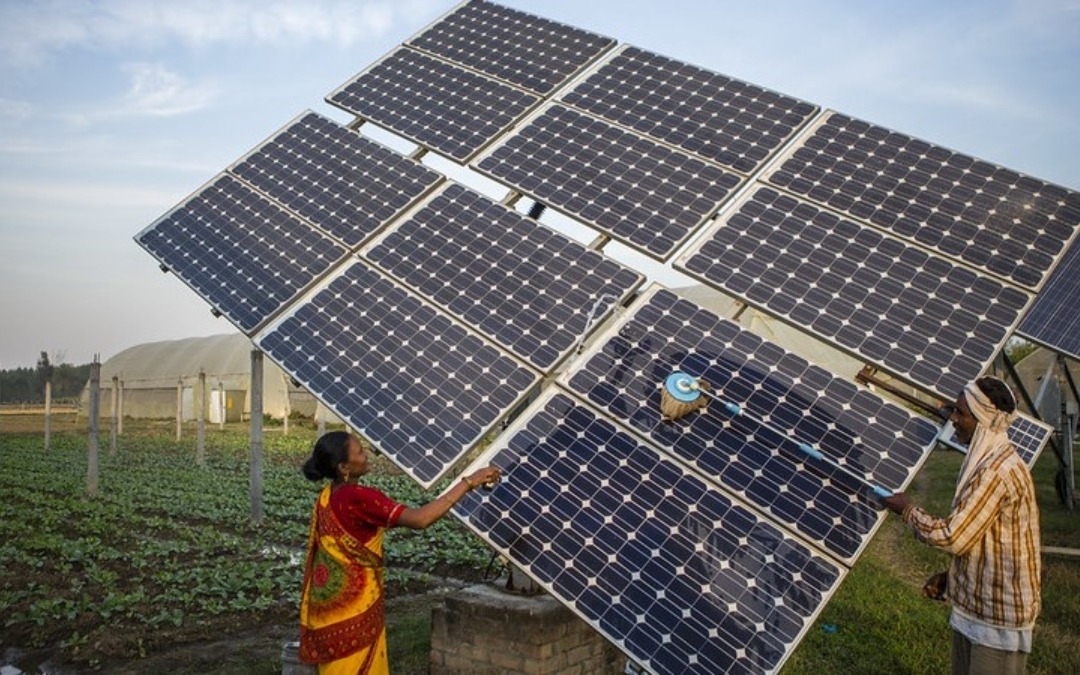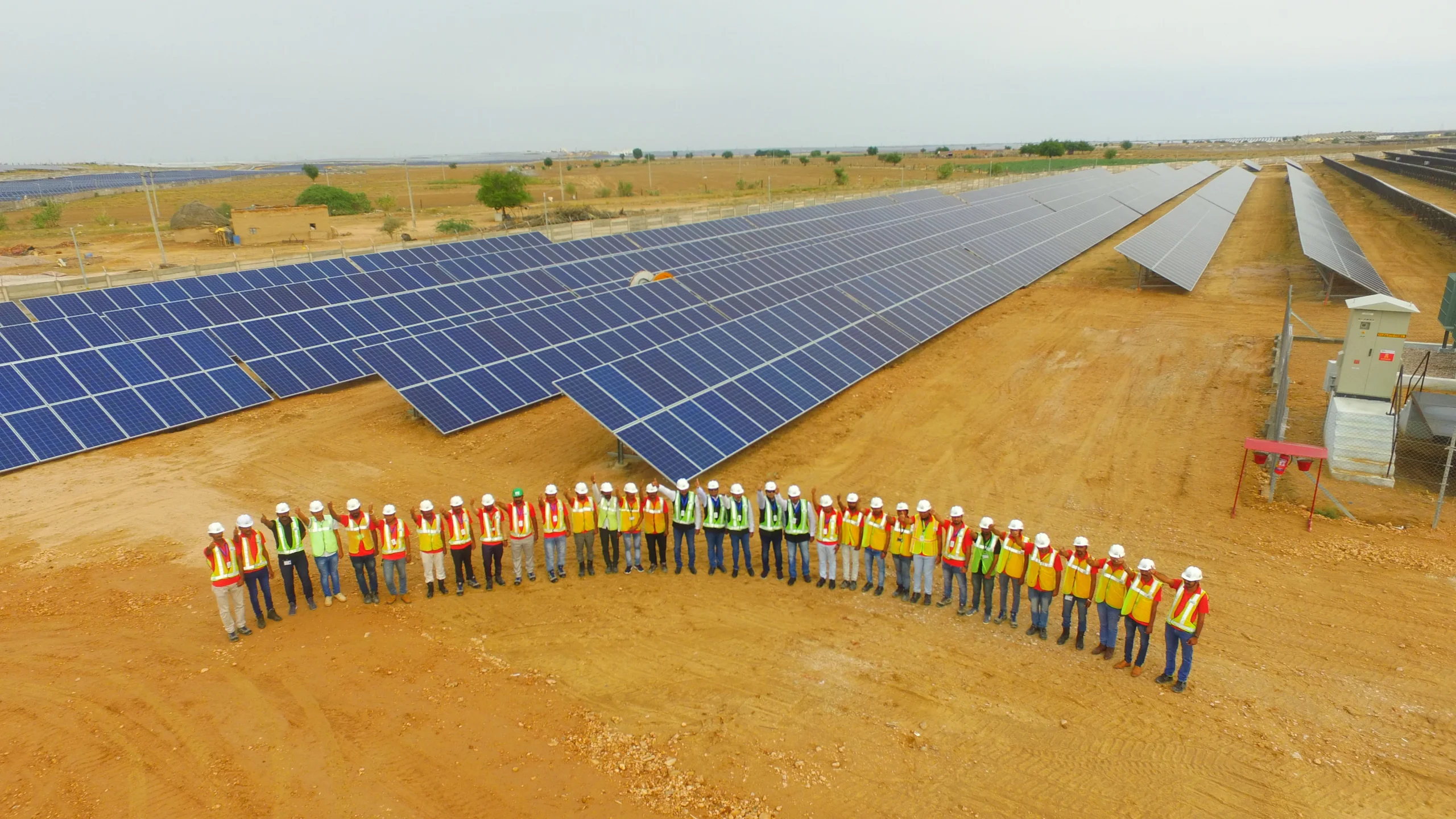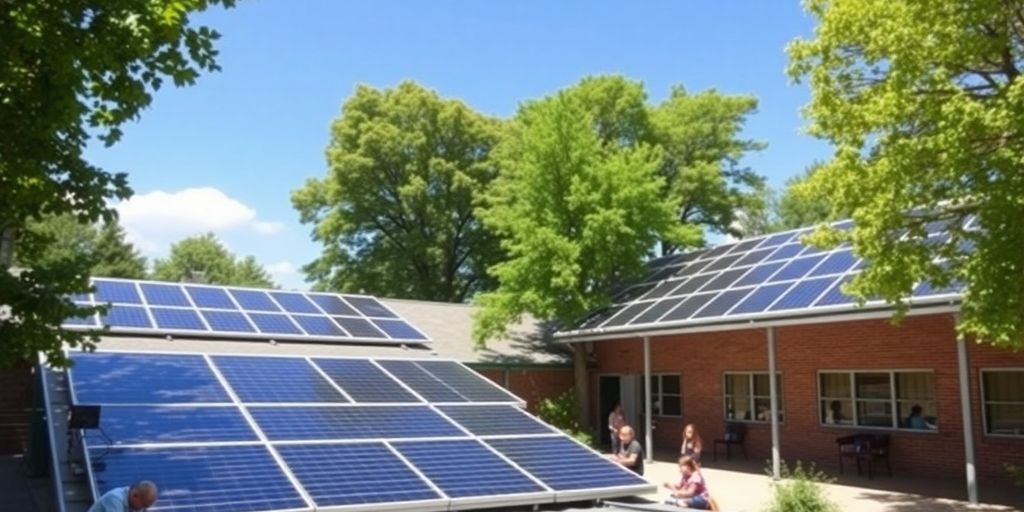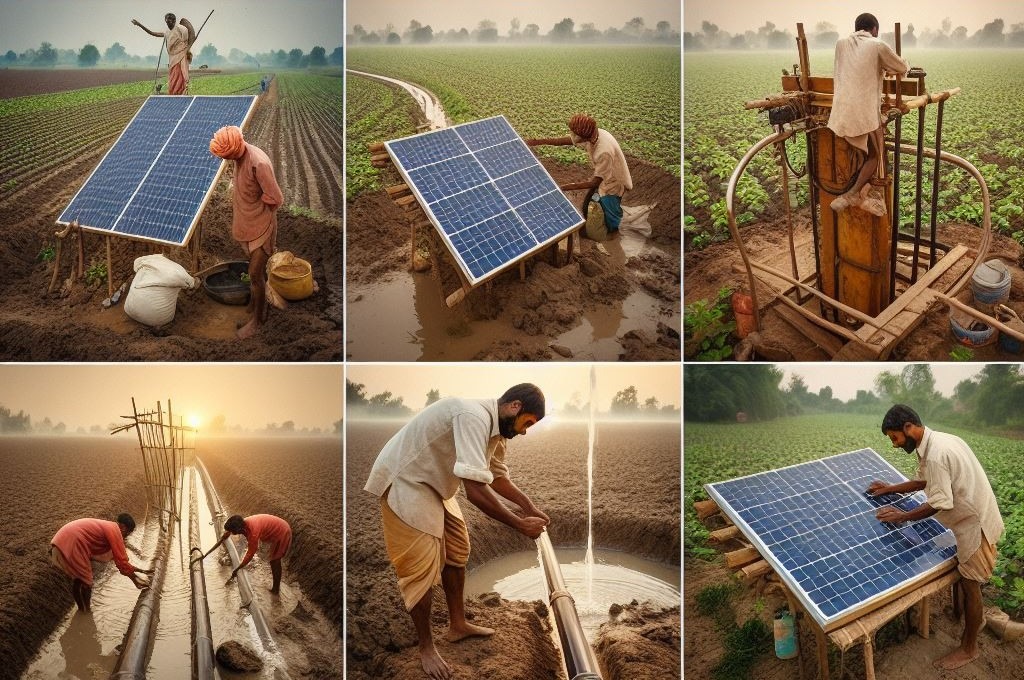Solar energy is transforming rural India, bringing light, livelihood, and opportunities to communities once dependent on unreliable electricity. With over 300 sunny days a year, India’s villages are tapping into this renewable source to power homes, farms, and businesses.
One remarkable success story comes from Dharnai village in Bihar, which became India’s first fully solar-powered village. Solar microgrids replaced costly diesel generators, ensuring reliable electricity for households, schools, and small shops. This initiative not only improved education but also boosted local businesses.
In Rajasthan and Gujarat, solar-powered water pumps are revolutionizing agriculture. Farmers no longer rely on expensive diesel pumps, reducing costs and increasing crop productivity. With solar irrigation, they can grow multiple crops year-round, ensuring better incomes and food security.
Another inspiring example is from Chhattisgarh, where solar-powered cold storage facilities are helping farmers preserve fruits and vegetables. This reduces post-harvest losses and empowers farmers to sell their produce at fair prices.
Solar energy has also enhanced healthcare in remote villages. Solar-powered clinics and vaccine refrigerators ensure timely treatment and safe storage of medicines, saving lives in areas with limited grid connectivity.
These rural solar success stories highlight how clean energy can fuel social and economic development. By reducing dependency on fossil fuels, solar power not only empowers communities but also supports India’s mission of energy access for all.
With government schemes, subsidies, and private participation, the solar revolution in rural India is just beginning. It’s a shining example of how the power of the sun is changing lives, one village at a time.




